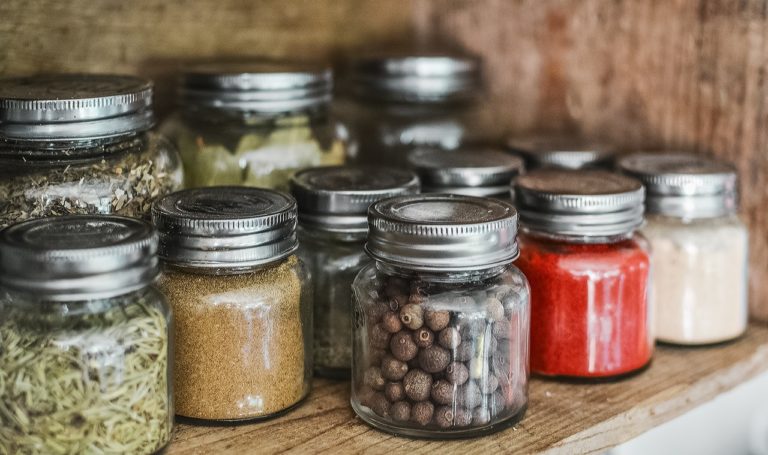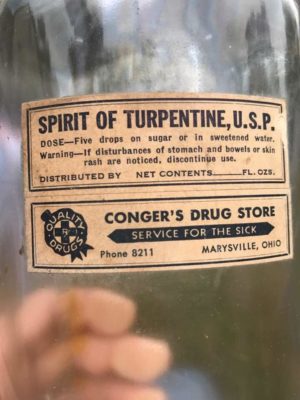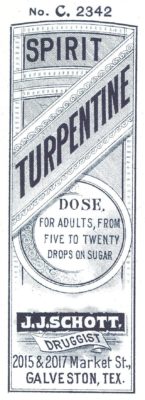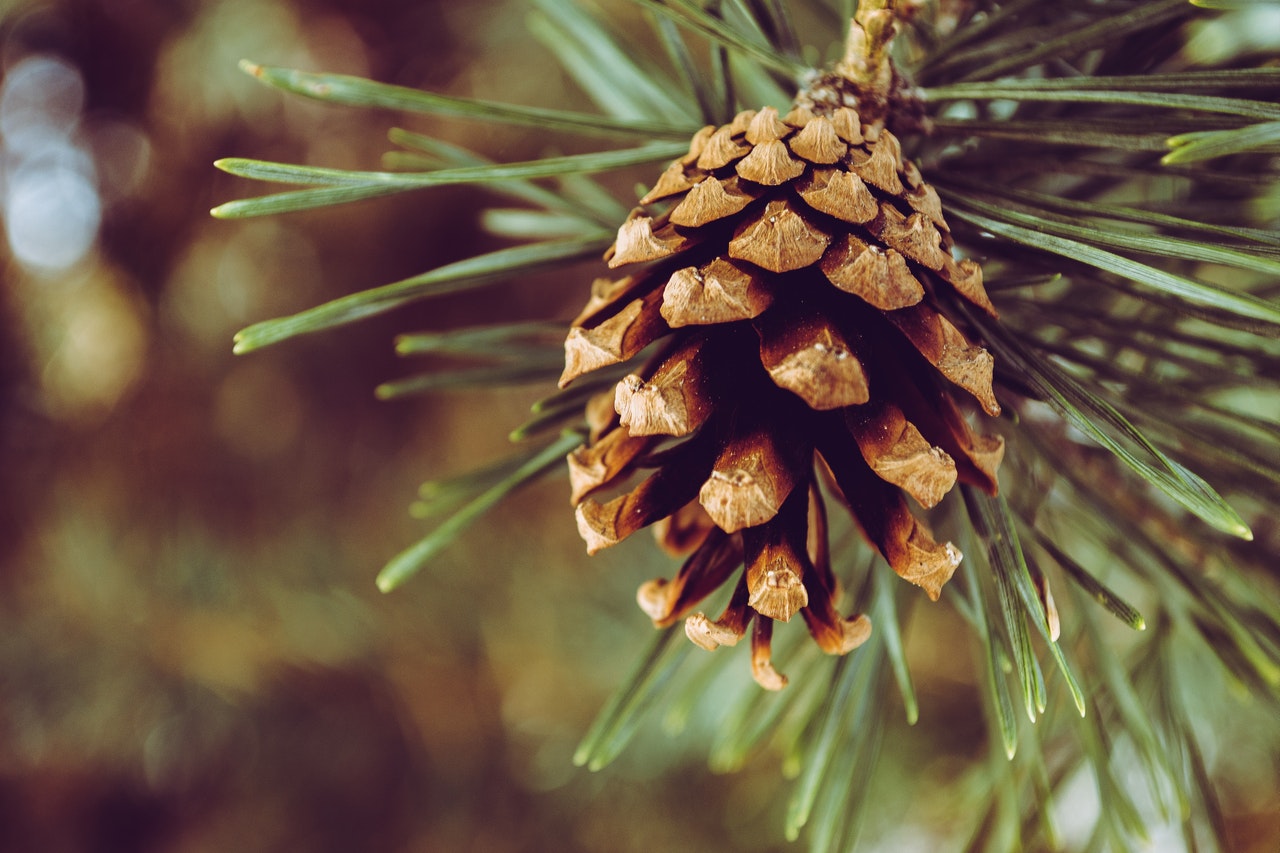This site is not intended to provide medical advice. Any information provided is purely for entertainment purposes. Always speak to your doctor before beginning a new health regime. Sponsored products may help maintain the costs of this site without costing you extra.
If you aren’t familiar with it already, here we will be discussing the medicinal benefits of turpentine. Yes, you read that correctly.
A long standing natural protocol that was originally passed down through generations all across the world, eventually lost popularity with the rise in pharmaceuticals, and now rediscovered by an innovative doctor name Jennifer Daniels.
Who is Dr Jennifer Daniels
Dr Jennifer Daniels has to be considered one of the most pioneering alternative doctors in the world today. Now commonly referred to as an alternative practitioner we mustn’t forget she graduated from Harvard University, receiving a BA Degree with Honours.
After Harvard, she attended the University of Pennsylvania which is where she received her Medical Degree and became an MD. Whilst attending the University of Pennsylvania she also attended Wharton where she studied and received an MBA in Health Care Administration.
Beginning her life in a deprived area in America, whilst not necessarily deprived herself. Dr Jennifer Daniels had a vision to attend medical school to learn the skills needed to treat people back in her hometown. After spending 10 years as a Board Certified Family Practice Physician she practised medicine in a fairly routine manner.
However after graduating and starting to practice medicine with real patients her opinion of allopathic medicine shifted. Dr Daniels quickly realised that the medicines she was being taught to prescribe weren’t helping treat the patients, and worse still weren’t even designed to remedy the problems patients were suffering from. Thus beginning a life-altering path to discover natural, affordable and historically efficient methods to treat a variety of ailments.
Dr Daniels, originally inspired when teaching her own children stories of black slaves during colonial America, had heard of a cheap readily available item that was able to cure all manner of ailments. After hearing stories of slave owners routinely becoming more sick than the ‘nutritionally deprived’ slaves that they owned, these slave owners would turn to the slaves for health cures. Dr Daniels deduced that this product must first be cheap, readily available and most importantly effective!
Now she began searching for what this remedy could be. Speaking to each of her patients that would enter the practice she would regularly quiz them if they knew of such an old treatment. Many had no answers, some had scarce information and few if any knew the real forgotten ingredient.
Eventually after much searching Dr Daniels was presented with stories of Turpentine being used in a medicinal fashion.
Before people run for the hills at the idea of ingesting a paint thinner, as this is what Turpentine is commonly used for. Be aware there are two types of Turpentine. The first is a type of commercially and synthetically available solvents commonly used to dissolve other substances such as paint, which is more commonly known as rectified turpentine. A substance nobody should be ingesting as it contains a host of inpurities and harmful additives.
The other is referred to as Pure Gum Spirits Turpentine. As Dr Daniels explains, the product is a 100% pure oil derived from the sap of either the Pine or Spruce Tree. Known originally for it’s amazing antibiotic as well as disinfectant properties. According to Hippocrates – known as the father of modern medicine – he described Turpentine it as a literal panacea, able to treat a huge range of illnesses.
So you may be asking, if this solvent is such a well known and beneficial substance, then why hasn’t mainstream medicine ever recommended the ingestion of Turpentine for good health? Well, thanks to Dr Daniels research, we now know that Turpentine was in fact recommended in the Merck Manual, a pharmaceutical handbook produced in the late 1800’s onwards. Originally created in 1668, Merck were then and are still one of the biggest producers of pharmaceutical drugs in the entire world. In their early position of medical dominance they produced a manual each year which described in depth what medicines or protocols could be used for each known disease.
What is Turpentine?
The term “essential oil of turpentine” designates the ter- penic oil, obtained by hydrodistillation of the gem pine. It is also named the “spirits of turpentine”, “pine tree terpenic”, “pine oleoresin”, “gum turpentine”, “terpenes oil” or “turpentine from Bordeaux”. Due to its pleasant fragrance, the terpenic oil is used in the pharmaceuti- cal industry, perfume industry, food additives and other chemical industries.
The eminent doctors of antiquity, Hippocrates, Dios- coride or Galien, used the terpenic oil for its properties against lung diseases and biliary lithiasis. In France, Thil- lenius, Pitcairn, Récamier and Martinet recommended it against the blennorrhoea and cystitis. Chaumeton, Peschiez, Kennedi, Mérat prescribed it to be used for neuralgias. It was also used in the treatment of rheumatism, sciatica, nephritis, drop, constipation and mercury salivation.
Turpentine in 'modern' medicine
Recent studies on Turpentine have described an exhaustive list of medical benefits.
“Modern phytotherapy describes the following properties of the terpenic oil: antiparasitic, analgesic, revulsive, dis- infectant (external use); balsamic, active on bronchial se- cretion and pulmonary and genito-urinary tract infections, haemostatic, dissolving gallstones, diuretic, antispasmodic, antirheumatic, deworming, being an antidote for poison- ings caused by phosphorus [3] and improving the ciliary and secretory activity in patients who present chronic ob- structive bronchitis (internal use )”
Here we have three examples of Turpentine being used medicinally from the 1899 Merck Manual.
The first example below shows Turpentine being used for cancerous growths.

Below we see Turpentine being recommended as an antiseptic externally, or internally for venereal affections or as a liniment for skin diseases amongst others.

Most interestingly, here we see Turpentine being recommended for use against tape-worms.

These are just three examples I’ve selected of Turpentine being used medicinally in the past. Whilst searching Turpentine in the 1899 Merck Manual brought me over 200 citations.
Though you don’t have to take my word for it, if you want take a look yourself you can download the original 1899 Merck Manual here. If you do you’ll notice very quickly this pharmaceutical manual contains an incredible amount of natural remedies for most ailments, in fact almost all the remedies either contain or are soley based on food or herbal antedotes! How refreshing is that?!

Now we’ve established some background information lets hear the benefits of Turpentine directly from Dr Daniels. In this excerpt from a much longer interview we can learn of Dr Daniels background in medicine, where she studied, how she came to learn about Turpentine and much more.
For any of you really interested in the topic I recommend watching any of Dr Daniels full length interviews in which she discusses Turpentine at length.
Summary of Turpentine Protocol
Ingredients required:
Either:
- White sugar as sugar cubes
or
- Organic Castor Oil (always Hexane free)
This protocol is incredibly simple and based off of 1 main ingredient, 100% Pure Gum Spirits of Turpentine. The original protocol as outlined by Dr Daniels is as follows:
Directions
Take 3 regular sized sugar cubes and stack them on top of one another. Then drizzle approximately one teaspoon of Turpentine on top of the stack of sugar cubes, or enough until the Turpentine has reached the bottom sugar cube but not entirely submerged it.
Now ingest the sugar cubes preferably with a spoon to avoid spillage.
Never ingest more than one teaspoon of Turpentine in a 24 hour period.
How often is this protocol followed
Firstly Dr Daniels recommends never to complete this protocol if you are suffering from an acute illness. This could be anything from a cold to the flu. This is likely due to the excess strain it puts on your elimination systems that are already burdoned by the current illness.
However she does go on to state that Turpentine can be considered extremely effective against chronic illness.
Dr Daniels recommends this protocol be followed two times per week. For a chronically ill person looking to remedy their situation it can be taken 5 days on, 2 days off and repeated. As with any health protocol, listen to your body and judge whether it is helping or hurting you.
Dr Daniels advises to always consult your professional health practitioner before undertaking any new health protocol.
How does it work?
The idea is that regular white sugar is irrestible to parasites. As the sugar is introduced into the body the parasites are attracted to it as a primary food source. However in this instance the sugar is laden with Turpentine which is a solvent and therefore lethal to parasites. The parasites in their efforts to consume the sugar actually ingest their own poison! Deadly to them and benficial to us, perfect!
Why Sugar?
I’m sure many people will immediately be crying out, but why sugar? Dr Daniels states the sugar is responsible for 3 different purposes. Firstly it acts as a way to measure the dose, secondly it distrubutes the Turpentine to the parasites, and thirdly it acts as a bait to the parasites.
Now many people have commented that whilst the protocol is effective, voluntarily ingesting any amounts of white sugar is a practice to avoid, let alone purposely ingesting 3 sugar cubes on a potentially daily basis. Therefore this protocol can be altered very slightly by switching the sugar element for something much more tolerable, castor oil.
Castor oil is a type of vegetable oil pressed from castor beans. It ranges from a colourless to pale yellow liquid with a very distinct taste and odor. It has been used for thousands of years and dates back to the ancient Egyptians and even before that.
In this protocol, the castor oil faciliates a laxative effect that promotes elimination of parasites after they have ingested the Turpentine. When ingesting castor oil it acts as a stimulant laxative that attracts water into the intestines and encourages a bowel movement.
Many people prefer this method purely because it eliminates the need to ingest white sugar, which if you didn’t know at this stage is extremely toxic to the human body.
However, please note whilst the castor oil method is effective it won’t necessarily be as effective as the sugar protocol in attracting parasites to the Turpentine. The risks and benefits of using either sugar or castor oil is something for each individual to consider, although I don’t personally recommend ingesting sugar I have personally found this protocol to be effective.


Ingredients needed for Turpentine Protocol
Final thoughts on the Turpentine Protocol
As with all new protocols people should consider the pros and cons and make their own decision whether to proceed. I have personally used this protocol as outlined above with both sugar and castor oil as a carrier.
When sugar was used I found a more profound anti-parasitic effect. Although I had reservations about consuming a spoonful of white sugar everyday, whilst it could have a powerful effect I decided against this method going forward.
Using castor oil as a carrier has its own pros & cons. If you haven’t used castor oil already then be aware it can be a powerful laxative, which in this instance will help with regular bowel movements and shifting impacted matter in the intestines.
Overall I found this protocol to be a strong anti-parasitic formula that I will continue to perform between once and twice per week.



